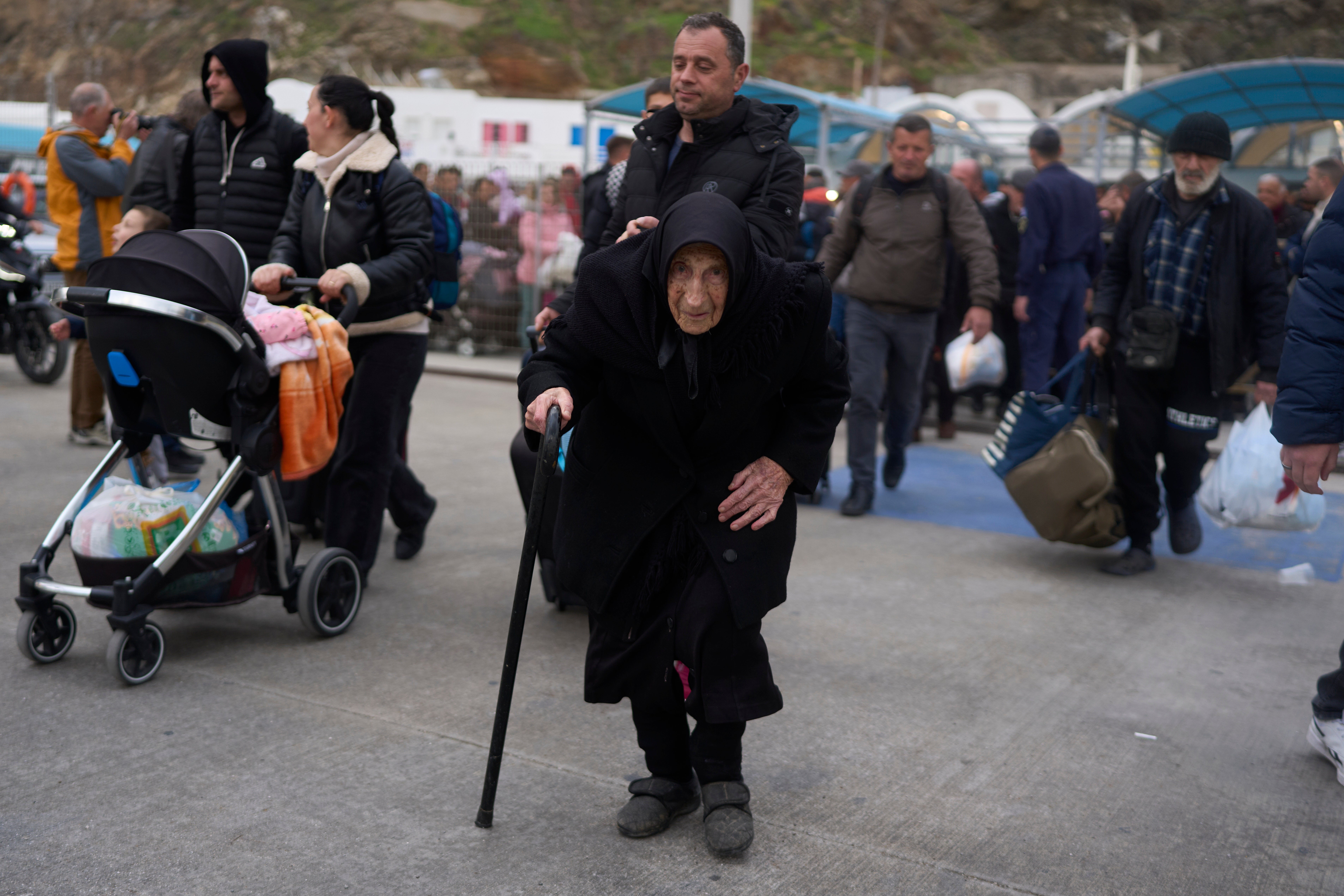Schools on four Greek islands will remain closed next week as a series of earthquakes continue to shake the region, authorities said on Saturday.
Santorini, Amorgos, Anafi, and Ios have experienced over 800 tremors measuring magnitude 3 or higher since February 1st.
This seismic activity has led to a significant exodus of residents and tourists, particularly from Santorini, where some of its 16,000 inhabitants have left.
While the frequency of earthquakes has decreased slightly, 11 tremors of magnitude 4 or greater struck the islands on Saturday, according to the Athens Institute of Geodynamics.
The largest, a magnitude 4.9 quake, occurred at 11 am. Despite the ongoing seismic activity, no major damage or casualties have been reported.
Experts say they cannot exclude stronger quakes.

Authorities in Athens said that schools in the four islands will remain closed until February 14.
Greece’s strongest earthquake of the 20th century, a magnitude 7.7., struck near Amorgos in July 1956, killing 53.
Experts said the latest tremors have nothing to do with Santorini’s volcano, which around 1600 B.C. produced one of the most violent eruptions in human history. A second volcano nearby erupted about 375 years ago.
Greece, sitting on multiple fault lines, is one of Europe’s most earthquake-prone countries. But the high seismic activity in the area of Santorini is unprecedented, seismologists have said, warning that it could last weeks or months.
Greek Prime Minister Kyriakos Mitsotakis visited Santorini on Friday, as the Aegean island imposed more precautionary measures amid intense seismic activity.
A map of Santorini:
During his visit, Mitsotakis inspected emergency preparedness facilities and announced a 3 million euro ($3.1 million) funding package for constructing an emergency evacuation route in the southern part of the island.
“We are preparing for the worst while hoping for the best. That’s what a serious and organized state must do,” Mitsotakis said during a meeting with local officials.
The heightened seismic activity has prompted authorities to implement additional precautionary measures, including restricting traffic in areas listed as vulnerable to rockslides. Army trucks have also brought electricity generators to Santorini, while rescuers were deployed earlier this week.
Mitsotakis visited Santorini a day after the government declared a state of emergency to allow authorities to have faster access to state resources.


